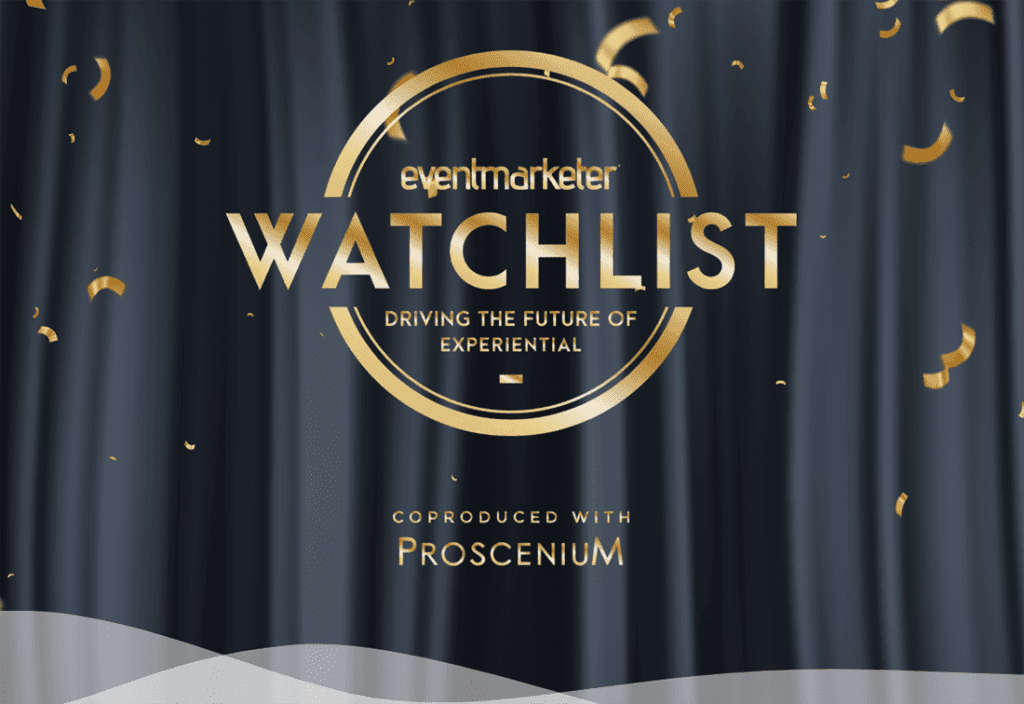It’s a marketing maxim that loyalty programs boost sales — and new research from Carlson Marketing Worldwide proves it.
Of the 2.5 million consumers surveyed, one-third said that participation in a loyalty program prompted them to buy more products. And 64% indicated that familiarity with a brand name helps determine their choice of retailer.
What’s more, the store’s reputation was cited by 70% as important in deciding where they spend their money. Half said the retailer’s moral values also count.
Nearly two-thirds of the respondents said they spent time on retailers’ Web sites to troll for merchandise and special offers.
Companies with the best customer relationships, according to Carlson, include Barnes & Noble, Hallmark, Bath & Body Works, Best Buy, Old Navy and Target. But the study also indicates gaps in consumer affinity for their favorite shopping outlets. Half said a number of good retailers are adequate alternatives to their first choice. And 41% indicated they’re at least as satisfied with another retailer as their primary one.
CREDIT CARD-LOYALTY LINK
Retailer loyalty is tied to the use of particular credit cards, two merchant partnership programs found.
Market researcher Maritz discovered earlier this year that 63% of current and prospective credit- and debit-card rewards program customers said they’d choose a card that gave them more points for shopping with a specific merchant.
American Express runs a marketing-partnership program in which several hundred retailers offer bonuses and discounts to shoppers who use the card.
AmEx won’t quantify increased sales among those merchants, but Maritz says the credit giant is exploring ways to expand the program.
Maritz has also put a partnership marketing program in place for Canada-based Scotiabank. Participating consumers used their credit cards to make purchases 23% more often than they had before.
More than a tenth of these cardholders increased spending with program merchants, while 11% started buying from them only after entering the program.
In addition, nearly 25% of these members in the high-user category (16 to 24 transactions per month) became top users (25 per month), and 20% of the midrange users (8 to 15) became high users.
The average number of purchases per member also went up 53% for those pre-enrolled for two years. And the average transaction value jumped 51% for the same period.
“If you can reach a certain demographic that has a certain spending history and you can make a special offer to them, that’s a very efficient use of marketing dollars,” says Shea Long, vice president of sales and marketing for Maritz.
Long has observed retailers “jumping all over this” as an alternative to less targeted broad-based marketing approaches.
“At the end of the day, mass advertising and mass marketing are getting to be more and more ineffective,” he says.
Maritz is in serious talks with two credit-card issuers about implementing similar partnership programs in the near future, Long reports.
SNAPSHOT
Loyalty programs boost buying rates by 33%.
Nearly two-thirds of consumers say brand counts.
Partner merchant deals are driving credit-card spending.



